Is there a way to dynamically stop consuming events, when using aws lambda's built-in event source mapping? In the example diagram I would rely on the Big Service's healthceck to make that decision.
So far I know that if Big Service is down, I could retry processing and eventually put the message in a DLQ. I would prefer to keep the messages in the original queue and thus preserve their order without having to manage processing from DLQ and the FIFO when Big Survice is back.
